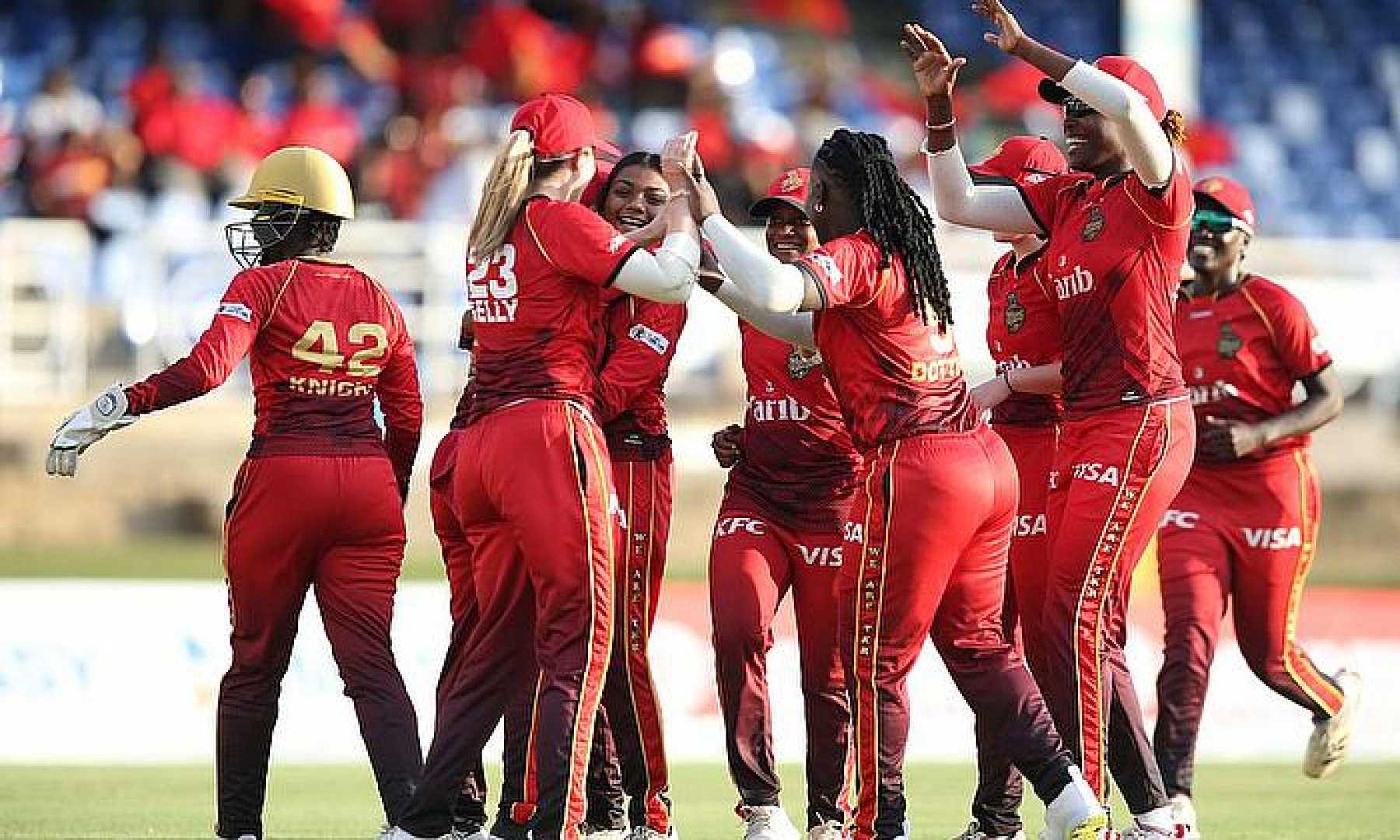Sports
The Evolution and Popularity of Women’s Cricket Leagues

Women’s cricket, much like the sport itself, has a storied history that showcases resilience, passion, and the fight for recognition. From its humble beginnings to its current global status, women’s cricket has seen tremendous growth. This article delves into the major milestones that have shaped the game and explores the future of women’s cricket.
The roots of women’s cricket can be traced back to the 18th century. The first recorded match was held in 1745 between two teams from Surrey, England. These early games were rare and largely ignored by the media and cricket governing bodies. It wasn’t until 1887 that the first official women’s cricket club, the White Heather Club, was formed in England, signaling the start of organized women’s cricket.
By the early 20th century, cricket had spread among women’s clubs, but it was still far from the professionalized sport we see today. In 1926, a pivotal moment occurred when the Women’s Cricket Association (WCA) was founded in England. The WCA aimed to formalize and promote the game, laying the groundwork for future developments. One of the most significant milestones in women’s cricket was the inaugural Women’s World Cup, held in England—two years before the first men’s Cricket World Cup.
Spearheaded by Rachel Heyhoe Flint, a pioneer in women’s cricket, this tournament marked a turning point in the sport’s history. England emerged victorious, but more importantly, the event gave women’s cricket international visibility and legitimacy. In 2005, women’s cricket took another giant leap forward when it was integrated into the International Cricket Council (ICC), the sport’s global governing body.
The inclusion of women’s cricket into the ICC paved the way for the establishment of the ICC Women’s World T20 in 2009, the first international Twenty20 tournament for women. The shorter format proved to be a game-changer, drawing in new fans and providing a more marketable, fast-paced version of the game that aligned with modern sports consumption trends.
The 2010s were marked by the professionalization of women’s cricket, with several national teams offering full-time contracts to their players. Australia led the charge, offering contracts to its players in 2013, followed by England and other nations. This move helped elevate the sport, allowing women cricketers to focus on their training and performance without the need for secondary jobs.
Women’s cricket saw global growth during this period, with countries like India, and the West Indies making significant strides in developing their women’s teams. The Indian Premier League (IPL) is also planning a women’s league, further cementing the sport’s growing popularity. One such league that has emerged prominently is the Women’s Premier League (WPL), organized by the Board of Control for Cricket in India (BCCI). It features strong teams like Mumbai Indians Women and Royal Challengers Bangalore Women, each claiming a title in this young league.
Dedicated to the legendary female cricketer of England, the Charlotte Edwards Cup began in 2021. Administered by the England and Wales Cricket Board, it offers a platform for showcasing skills with eight teams competing. Southern Vipers have dominated this competition with two titles. The Women’s Big Bash League in Australia was one of the first T20 leagues for female cricketers and remains hugely popular, drawing in both local and international talents.
The Hundred, launched by the England and Wales Cricket Board, offers a fresh format, playing 100 balls per innings, and its rapid rise in popularity is linked to its fast-paced action. Another longstanding league, the Women’s Super Smash in New Zealand, although less popular than others, has its champions like the Wellington Blaze, who have won multiple titles.












